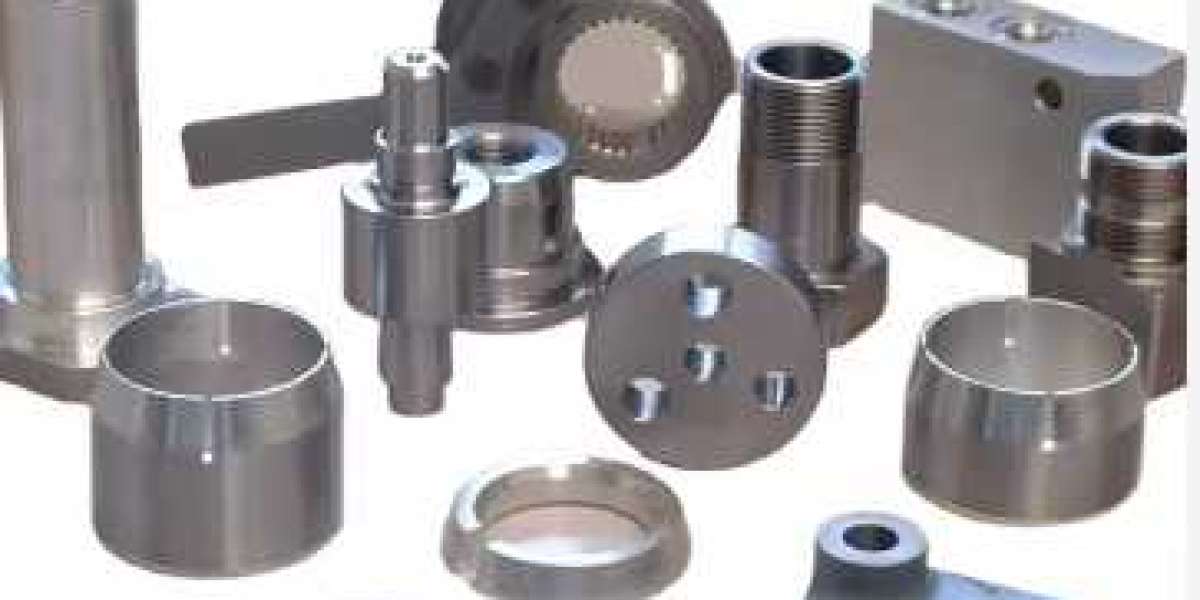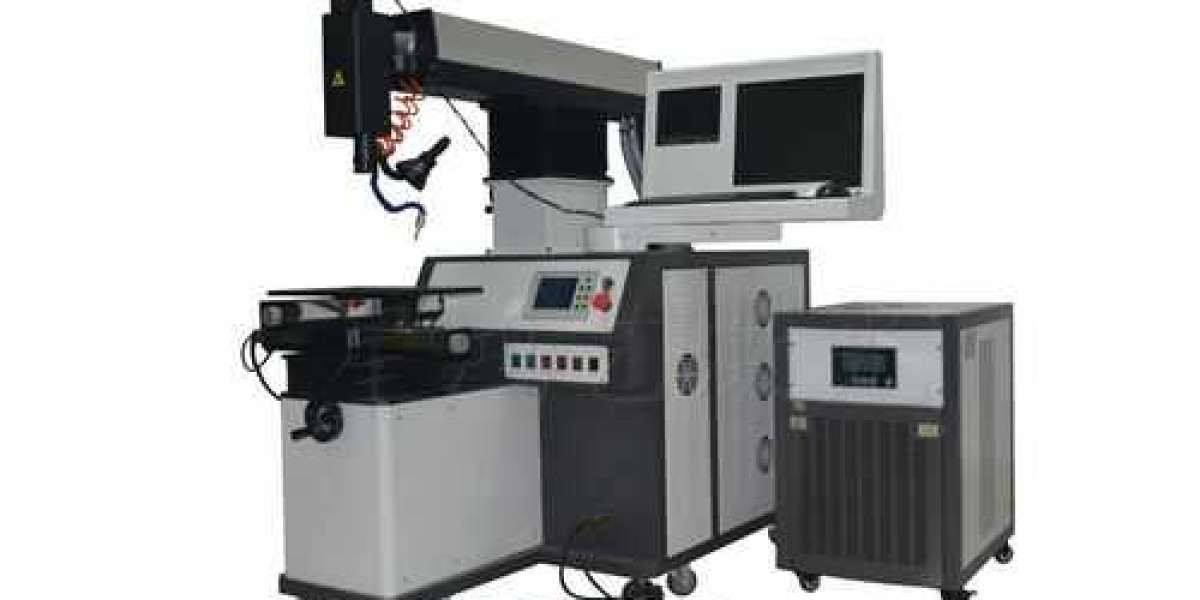CNC (Computer Numerical Control) machining is a transformative manufacturing process that uses computerized controls to operate machine tools and create complex parts and components with high precision. This technology has revolutionized industries by enabling the production of intricate designs with consistent quality and efficiency. In this comprehensive guide, we will explore the different types of CNC machining parts their applications, and the advantages of using CNC machining in modern manufacturing.
Understanding CNC Machining Parts
- Types of CNC Machining Parts
CNC machining parts can be broadly categorized based on the type of machining process used. The primary types include:
- Milled Parts: These parts are created using CNC milling machines, which use rotary cutters to remove material from a workpiece. Common examples include gears, brackets, and housings.
- Turned Parts: Produced using CNC lathes, turned parts are shaped by rotating the workpiece against a cutting tool. Typical turned parts include shafts, bolts, and bushings.
- Drilled Parts: CNC drilling machines create holes in various materials with high accuracy. Drilled parts are crucial for assemblies requiring precise hole placements, such as flanges and panels.
- Wire EDM Parts: Electrical Discharge Machining (EDM) uses electrical sparks to cut through metal. Wire EDM is particularly useful for creating complex shapes and detailed features in hard metals.
- 3D Printed Parts: CNC machining can also complement additive manufacturing techniques. Parts can be produced layer by layer and then refined or finished using CNC machines for precision.
- Common Materials Used
CNC machining can work with a variety of materials, each offering different properties and benefits:
- Metals: Aluminum, steel, titanium, and brass are commonly machined metals, chosen for their strength, durability, and machinability. Each metal has specific properties suited for different applications.
- Plastics: Materials like ABS, polycarbonate, and nylon are used for lightweight, corrosion-resistant, and cost-effective parts. Plastics are often machined for prototypes and components in consumer products.
- Composites: Carbon fiber and fiberglass composites are increasingly used in industries like aerospace and automotive for their high strength-to-weight ratios. CNC machining helps in achieving precise and consistent parts from these advanced materials.
- Wood: Although less common, CNC machining is used for woodworking applications, including furniture and decorative items. CNC routers can cut, carve, and engrave wood with high precision.
- Key Components of CNC Machining Parts
Understanding the various components involved in CNC machining is essential:
- Tooling: The cutting tools used in CNC machining, such as end mills, drills, and lathes, are crucial for achieving the desired part geometry and surface finish.
- Workholding Devices: Clamps, vises, and fixtures secure the workpiece during machining. Proper workholding ensures accuracy and reduces the risk of part movement during the process.
- Fixtures and Jigs: These are custom-made tools used to hold the workpiece in place and guide the cutting tools. They are especially important for repetitive tasks and maintaining consistency across multiple parts.
- Control Systems: CNC machines are controlled by sophisticated software that interprets design specifications and commands the machine tools. Modern CNC machines often use advanced control systems with touchscreens and automated features.
Advantages of CNC Machining
CNC machining offers numerous benefits, including:
- Precision and Accuracy: CNC machines can produce parts with tolerances of up to ±0.001 inches, ensuring high-quality and consistent results.
- Complex Geometries: The ability to create intricate designs and features that are difficult or impossible with manual machining is a significant advantage of CNC technology.
- Efficiency and Speed: CNC machines can operate continuously, reducing production times and increasing output compared to manual machining methods.
- Reduced Waste: CNC machining is highly efficient in material usage, which minimizes waste and reduces production costs.
- Flexibility: CNC machines can quickly switch between different parts and designs with minimal setup changes, allowing for rapid prototyping and short production runs.
- Consistency: Automated processes ensure that each part produced is identical, which is crucial for applications requiring high repeatability.
Applications of CNC Machining Parts
CNC machining is used in a wide range of industries and applications, including:
- Aerospace: Precision parts for aircraft and spacecraft, such as turbine blades, structural components, and landing gear.
- Automotive: Engine components, transmission parts, and custom modifications for vehicles.
- Medical: Surgical instruments, implants, and prosthetics that require high precision and biocompatibility.
- Electronics: Housings, connectors, and other components used in electronic devices.
- Consumer Products: Parts for everyday items like appliances, furniture, and sporting goods.
Conclusion
CNC machining is a powerful and versatile manufacturing process that has transformed the production of parts across various industries. By understanding the different types of CNC machining parts, materials, components, and advantages, manufacturers can leverage this technology to achieve high precision, efficiency, and flexibility in their operations. Whether producing intricate aerospace components or durable consumer products, CNC machining continues to be a cornerstone of modern manufacturing excellence.







